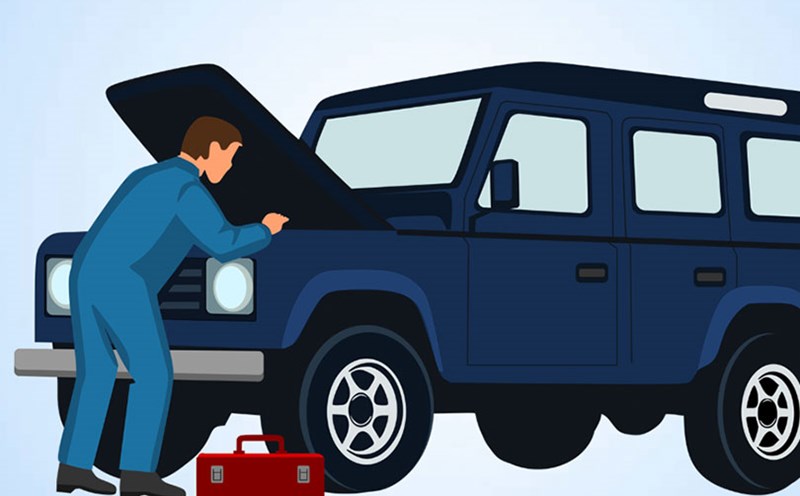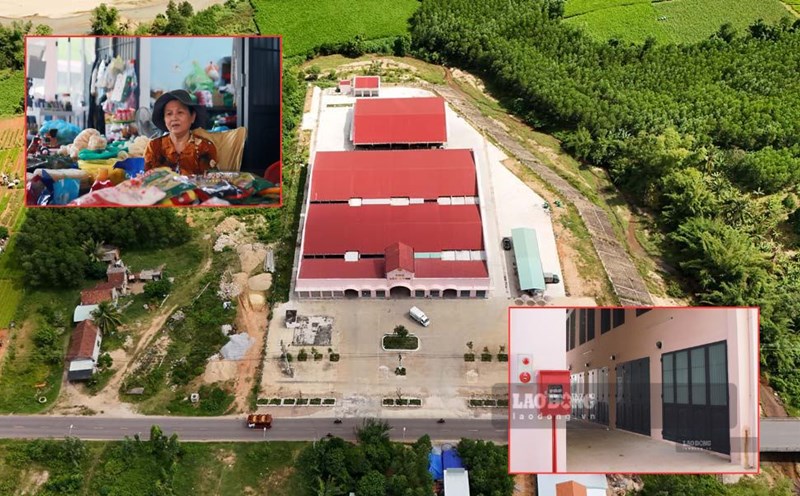Signs of recognizing a fuel tank contaminated with water
The travel distance is significantly reduced: The water in the fuel tank reduces fuel efficiency, causing the engine to consume more fuel to reach capacity, making the vehicle travel less kilometers. Long-standing water also causes lightning at the bottom of the bottle, damaging the fuel pump, spraying needles and other parts.
Sudden engine failure: When the water content in the fuel is too high, the combustion process is unstable, making it difficult to put out the fire, causing the engine to stall, lose steam or suddenly turn off the engine while running.
The vehicle cannot be started: Water enters the cylinder, causing obstruction of compression and combustion, making it difficult or unable to start the vehicle, especially when the engine is cold.
Weak acceleration, sluggish operation: Water in the fuel mixes fuel and air, causing the vehicle to respond slowly, operate weakly and sluggishly when requiring high capacity.
Reasons for water getting into the fuel tank
There are many factors that lead to water appearing in fuel tanks, the most common of which are:
The phenomenon of water evaporation inside the bottle due to the temperature difference between day and night, especially in areas with a humid climate.
Unsecured, loose fuel caps or damaged rubber gasoline, creating conditions for rainwater and moisture to easily penetrate.
Poor quality fuels, especially from unprestigious gas stations, can be mixed with water or contaminated with moisture during storage and transportation.
Although the amount of water in the bottle only accounts for a small part, it can still seriously affect the electronic fuel injection system, reduce performance and even lead to a slight chipping phenomenon if the water goes deep into the incinerator.
How to handle when detecting water in a gas tank
Completely remove fuel from the tank: This is the most complete and safe solution. All contaminated fuel should be pumped out of the tank, then re-feed with clean gasoline, without mixing ethhanol because Pethanol easily absorbs moisture and spreads the water into the fuel system.
Use oxy-booster: Some additives that can absorb and dispers the small amount of remaining water in the bottle. This method should only be applied when new water appears, not causing stalling, gusts or reducing acceleration performance.
Replace the fuel filter: If the water has entered the system deep, affecting the filter or spraying needle, replace the new fuel filter to avoid congestion, reduce spraying pressure and prevent more damage to the engine.











